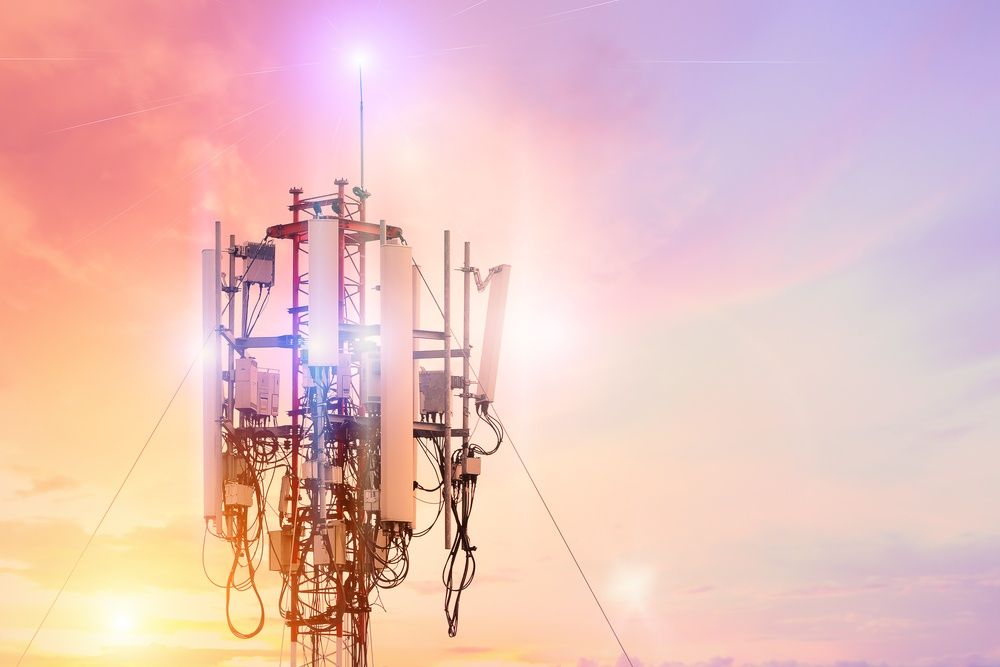Beyond 5G: Seeking Solutions for the Coming Data Deluge
5G has the potential to redefine our understanding of networking, but only if we prepare our entire IT infrastructure for a new era in connectivity....
2 min read
 Craig Badrick
:
Jun 20, 2018 3:00:00 AM
Craig Badrick
:
Jun 20, 2018 3:00:00 AM
5G will enable faster mobile internet speeds and lower latency times, while making it far easier to support IoT devices. But new challenges to indoor propagation mean enterprises will have to invest wisely to ensure that productivity at their offices can benefit from the coming sea-change.
In an enterprise setting, strong internet connectivity is far more than just a perk. Just as municipal infrastructures effectively shut down without utilities like water and electricity, internet connectivity “blackouts” in the workplace can have a devastating impact on productivity. An unconnected modern workforce can hardly be called a workforce at all.
As the IoT grows and spreads from the home to the office — and as organizations in critical industries like healthcare look to the cloud for solutions — the importance of fast, reliable wireless internet service will only continue to grow.
5G, the next generation in wireless networking technology, hopes to serve that need — but there are a number of obstacles to connectivity indoors that enterprises will need to overcome before the promise of 5G can become a reality in their offices.
Connectivity in the workplace is already a matter of concern, with 74% of American workers reporting that it’s either “sometimes” or “frequently” a problem. The issue is one of indoor propagation, the term for the extent to which wireless signals are able to effectively penetrate a building’s outer walls. It’s good indoor propagation that allows you to stream Netflix while you sit in the doctor’s waiting room — or, in enterprise settings, receive calls and texts while sitting in your office.
So what are the factors that contribute to the indoor propagation in your office? The truth is that there are a pretty wide variety of things that can affect it, including cell tower locations, building materials, trees, and even the weather.
But perhaps the most important factor of all is signal frequency. Put simply, the higher the frequency (AKA the shorter the wavelength), the more difficult it is for signals to pass through physical barriers like walls and windows.
4G communications technologies currently run at frequencies below 3 GHZ — low enough that they’re able to easily pass through windows, wood, and plaster walls, but high enough that thick concrete and steel cause connectivity problems. 5G, on the other hand, runs at millimeter wave frequencies (around 28 GHZ), high enough to bring 10-gigabit speeds (100 times faster than those of 4G), but also high enough to have trouble penetrating even wood or plaster walls.
Surrounded by obstacles on all sides, indoor networks are the most at risk of being passed over in the transition to 5G. Companies that are already having problems with indoor propagation need to be aware that the shift will likely make things much, much worse.
Unfortunately, modern buildings like hospitals and schools, which use treated glass, steel, concrete, and metalized insulation, are perfect insulators against 5G cell frequencies.
Experts agree that the transition to Fifth-Generation Wireless Systems is just around the corner, and companies that take a reactive approach to this shift will find themselves woefully unprepared, disadvantaged, and forced to pursue suboptimal solutions due to financial and time constraints. Enterprises should instead proactively position themselves to take immediate advantage of 5G’s benefits without having to jury-rig an inefficient response to what is an inevitable change.
The solution for most use-cases will be what’s called a Full-Spectrum distributed antenna system network — DAS for short. A DAS will effectively function like a wireless extender that aggregates 5G signal(s) from a relatively unobstructed location (i.e. a rooftop), and redistributes it throughout a building using strategically positioned base station antenna arrays. Additional technologies like MIMO (multiple input multiple output) and beamforming can assist in propagating the signal indoors, particularly in hard-to-reach problem areas.
In advance of the shift to 5G, forward-thinking organizations are partnering with networking experts like Turn-key Technologies (TTI) to ensure a smooth transition. With more than two decades of experience in the IT space, TTI is equipped with the knowledge, capabilities, and expertise to help organizations with indoor networks of any shape and size design, deploy, and manage indoor wireless networks capable of meeting their needs both now and in the future.
Interested in learning more about the benefits of a cutting-edge wireless infrastructure? Contact our network experts today!

5G has the potential to redefine our understanding of networking, but only if we prepare our entire IT infrastructure for a new era in connectivity....

IoT-enabled medical devices have the potential to revolutionize healthcare, but these sophisticated endpoints won’t can’t change medicine if there...

E-rate funding is changing with the start of the 2021 funding cycle. Is your school district still prepared to secure vital funds in the face of...